Climbing Everest: Myths vs. Reality
The truth is, Mount Everest might be the most mythologized mountain in the world. We’ve seen it in movies, read about it in glossy magazines, and watched viral headlines that make it sound like a crowded theme park perched in the clouds. But between the legends, the criticism, and the occasional Instagram post gone wrong, reality tends to get a little lost.
So, let’s separate the myths from the mountain. Here’s a closer look at what climbing Everest is really about – and the truth behind some of its most persistent myths.
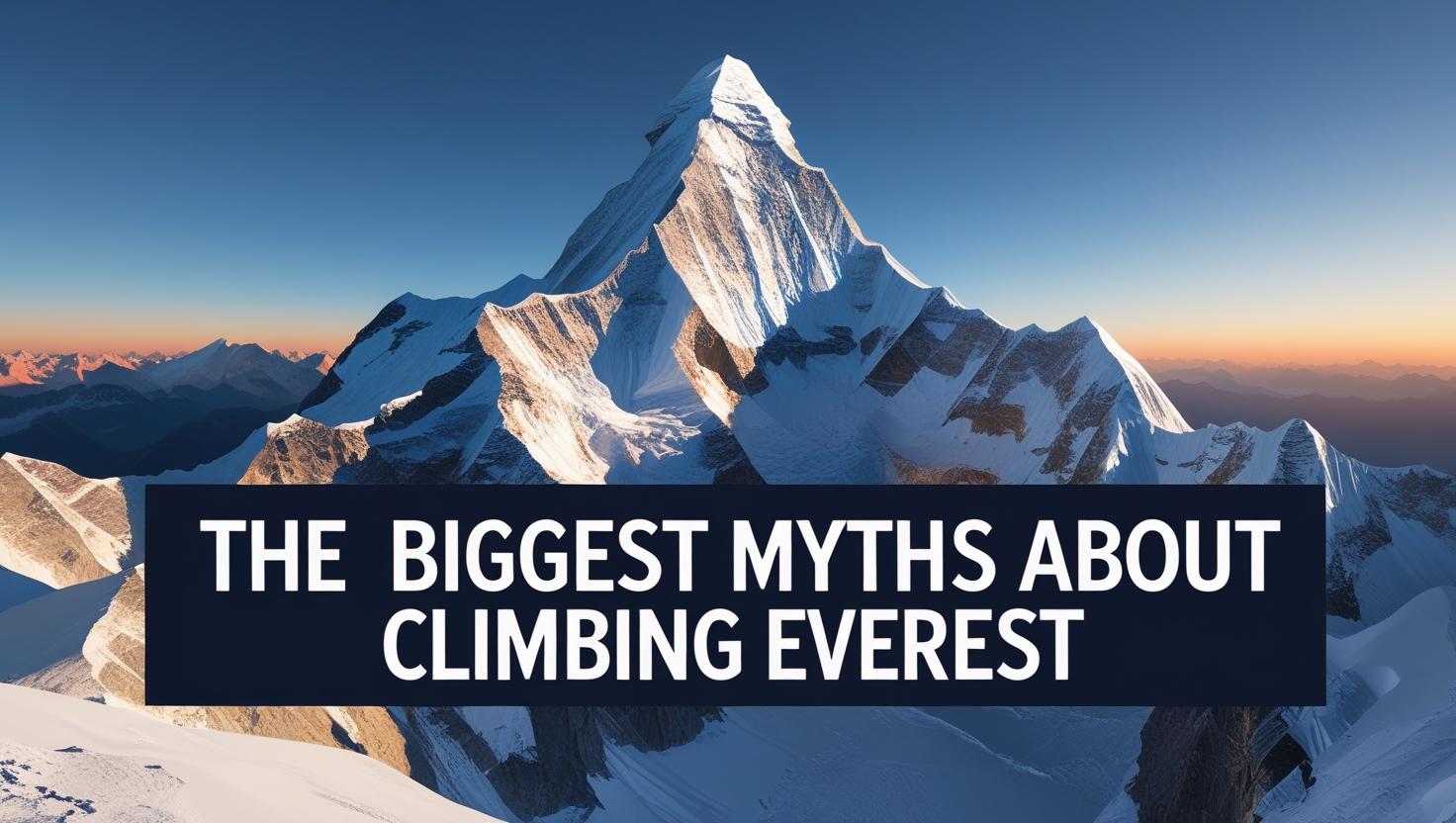
Table of contents
Myth #1: Anyone Can Climb Everest If They Have Enough Money
Myth #2: Sherpas Do All the Work
Myth #3: Everest Is Overcrowded and Trashed
Myth #4: Everest Is the Hardest Mountain to Climb
Myth #5: Once You Summit, It’s All Over
The Real Everest: A Place of Dreams, Death, and Determination
Myth #1: Anyone Can Climb Everest If They Have Enough Money
Let’s start with the classic. Yes, climbing Everest is expensive – permitting fees alone are around $11,000 in Nepal, and a full guided expedition can run between $35,000 to over $100,000. But the idea that money alone gets you to the top? Not quite.
Most commercial operators will screen clients for experience and fitness. Many require climbers to have summited peaks above 6,000 or 7,000 meters, such as Aconcagua, Denali, or Cho Oyu. Why? Because Everest is not just long and cold – it’s deadly. Altitude sickness, crevasse falls, whiteouts, and exhaustion kill people every year. Operators with good reputations want their clients to come back down alive.
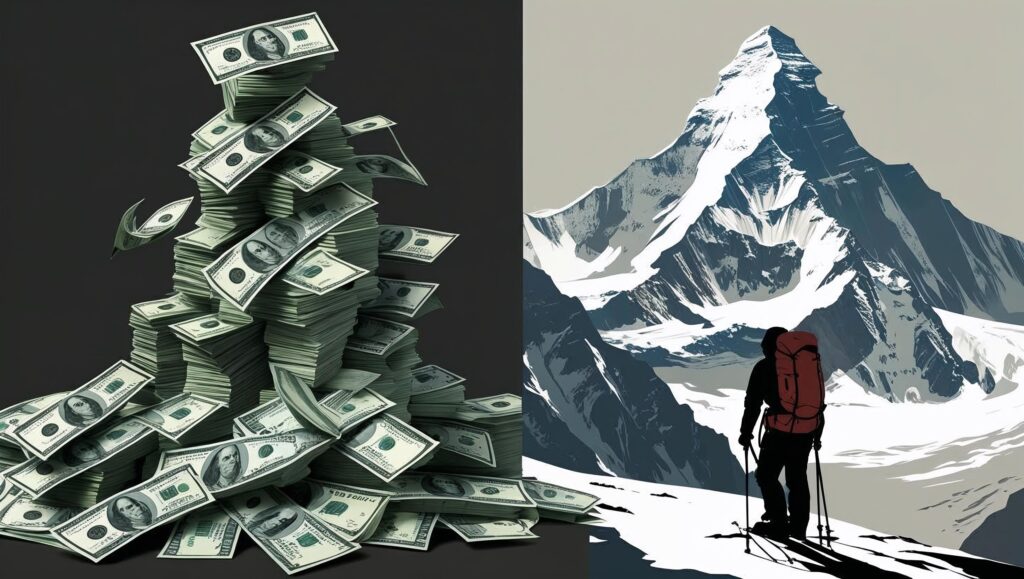
So no, you can’t buy your way to 8,848.86 meters. You can, however, increase your chances if you bring proper training, resilience, and respect for the mountain.
Myth #2: Sherpas Do All the Work
This one is both unfair and deeply misleading. Yes, Sherpa support is vital to almost every successful expedition. They set ropes, carry loads, fix ladders, and often act as guides at high altitude. Their skill and strength in the Death Zone (above 8,000 meters) are legendary.
But Sherpas aren’t dragging climbers to the top while they sip tea. Clients must still walk, suffer, acclimatize, and face the same brutal conditions. Many summit attempts fail. Even with a strong Sherpa team, Everest demands everything from you: physically, mentally, emotionally.
In reality, Everest climbs are partnerships. Many climbers feel humbled by how much they rely on their Sherpa teammates – and in turn, many Sherpas take pride in guiding climbers to their dreams. It’s not a one-way street. It’s a shared journey, forged in ice, wind, and trust.
Myth #3: Everest Is Overcrowded and Trashed
The infamous 2019 “traffic jam” photo made headlines around the world – dozens of climbers in a queue near the summit, oxygen masks on, as the wind howled around them. That image became a symbol of everything wrong with Everest. But what it didn’t show is context.
Crowding happens when weather windows are tight, and everyone tries to summit on the same day. That doesn’t mean Everest is always like that. Many years, summit attempts are staggered with far fewer people. In 2024, for instance, long stable windows helped spread out teams.
As for trash – yes, waste has been a major issue in the past. But efforts have improved. Nepal now requires a $4,000 garbage deposit and mandates that each climber bring down at least 8 kg of trash. Cleanup expeditions remove tons of waste each year. There’s still a long way to go, but awareness is growing. Everest isn’t perfect, but it’s not the dumpster fire some headlines make it out to be.
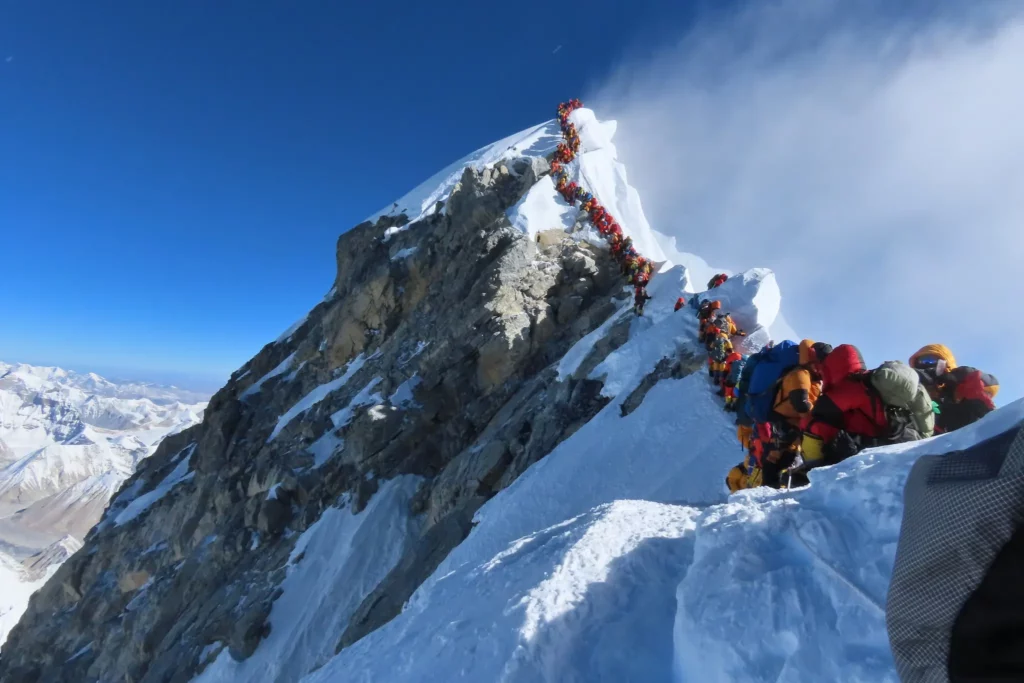
Myth #4: Everest Is the Hardest Mountain to Climb
It’s the tallest, sure. But hardest? Not quite.
Climbers will tell you that peaks like K2, Annapurna, or Nanga Parbat are significantly more dangerous. Their routes are steeper, weather more volatile, and rescue options nearly nonexistent. Everest’s South Col route (from Nepal) is well-established, with fixed ropes and Sherpa support. That’s not to say it’s easy – far from it – but it is relatively safer, especially with a good guide.
What makes Everest tough isn’t technical difficulty – it’s the extreme altitude. Above 8,000 meters, every breath is a battle. Your body begins to deteriorate. Decisions get slower, and frostbite is always a risk. It’s a slow-motion war against gravity and time.
So no, Everest isn’t the hardest mountain – it’s the highest, and that alone is enough to humble even the strongest.
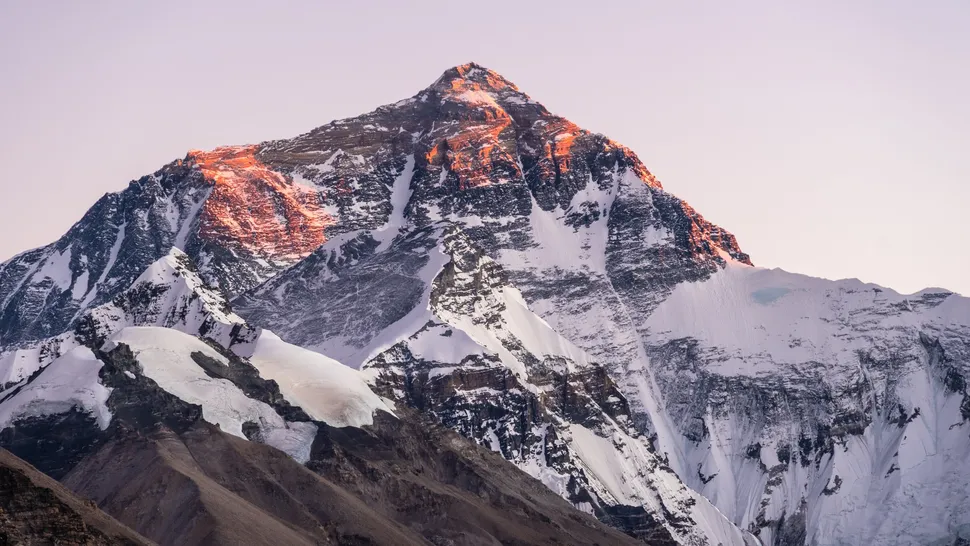
Myth #5: Once You Summit, It’s All Over
Here’s a hard truth: most Everest deaths don’t happen on the way up. They happen on the way down.
Summit fever is real. People push too hard, spend too long at the top, or run out of oxygen on the descent. Exhaustion sets in. So does complacency. The climb isn’t over until you’re safely back at Base Camp.
Experienced guides often remind climbers: the summit is only halfway. The descent can be even more dangerous. The weather can shift. The mind starts slipping. Muscles weaken. Everest doesn’t forgive mistakes, especially on the way down.
The Real Everest: A Place of Dreams, Death, and Determination
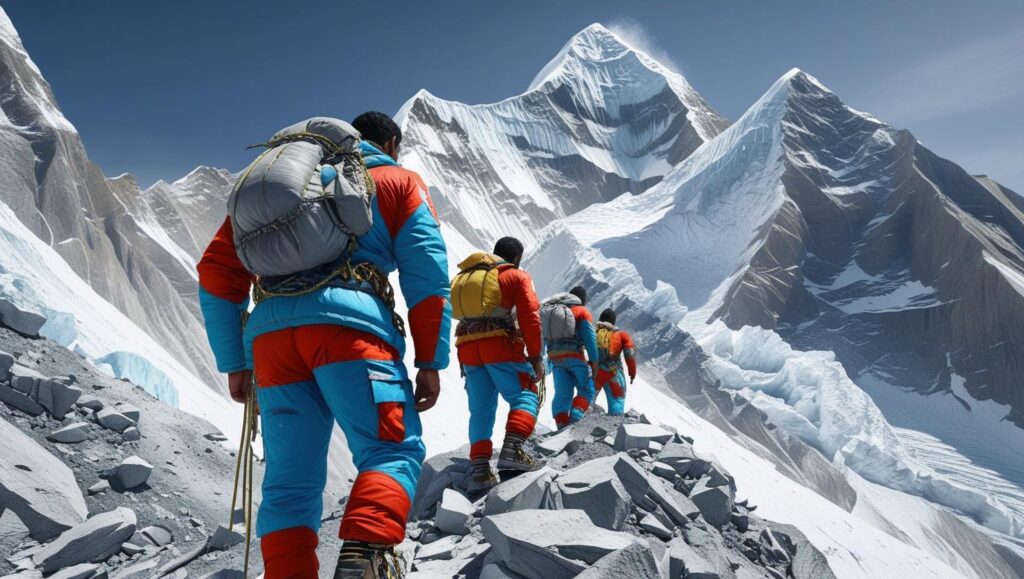
So, what’s the truth behind all the myths?
Climbing Everest isn’t a walk in the park, but it’s not just a circus either. It’s a place where dreams are made and broken, where humans reach for the sky and sometimes fall. It’s where grief and glory coexist in the thin air above the world.
And while it’s changing – becoming more accessible, more commercialized – it still demands everything from those who dare. Everest strips you bare. You face the mountain, and you face yourself.
That’s no myth.
